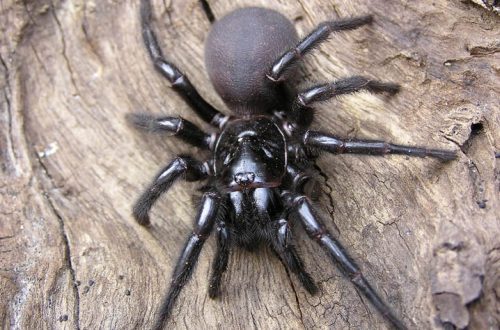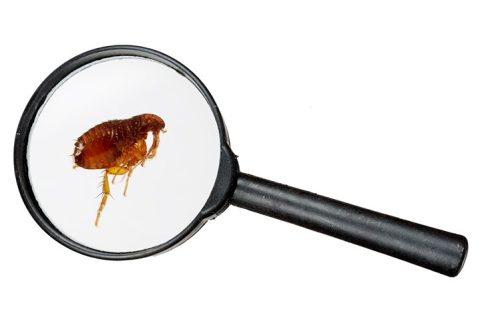
Conditions for feeding a hedgehog at home: what to feed and the most preferred foods
For keeping a hedgehog at home, proper, balanced nutrition is of great importance.
The food of a mammal must contain all the necessary elements for life, energy replenishment and cell growth. This is difficult to achieve with any one type of diet, so it is necessary to combine all acceptable products to answer the question: “How to feed a hedgehog at home.”
The diet of a domestic hedgehog should include:
- vegetable and animal fats,
- carbohydrates,
- protein,
- vitamins,
- calcium, sodium, iron and other essential elements
In this article, we have to find out the best way to feed a hedgehog at home. Consider the main types of products most commonly used at home for feeding a hedgehog.
Contents
The optimal hedgehog diet at home
Meat
Eating a mammal can be quite different products. The best product for feeding a hedgehog is home-cooked liver. Also, such types of offal as the heart, spleen and tongues of carcasses of domestic animals are not inferior in usefulness. The meat can be either raw or scalded, or cooked at home. It must be remembered that it is better to feed the hedgehog at room temperature.
Answering the question “What to feed a hedgehog?”, It should be noted that minced meat mixed with buckwheat or rice will be an excellent option for the full nutrition of your mammal.
Fish
Fish is traditionally considered a fairly affordable and valuable product for the hedgehog. Can be used at home for feeding unsalted and fresh fish. It is necessary to avoid salty and not quite fresh fish products, which can cause irreparable harm to the hedgehog.
The best types of fish for feeding a hedgehog can be recognized as horse mackerel and mackerel. It is necessary to avoid carp, pike, pollock, crucian carp in the diet. These fish can cause beriberi and anemia in hedgehogs when eaten frequently in large quantities. Therefore, you should not get carried away with this food.
Insects
It is necessary to give the hedgehog food to which he is accustomed in captivity. In particular, these are:
- caterpillars,
- mice,
- earthworms,
- bloodworm,
- snails,
- frogs.
However, it must be taken into account that snails and some other species may be infected with pulmonary parasites. If the hedgehog eats contaminated food, then he himself is very likely to get sick. Therefore, you need to be careful with the choice of such complementary foods.
animal feed
Animal foods are also suitable for a hedgehog’s diet at home. They include bone, blood and fish meal.
Other types of food
With great pleasure, hedgehogs lap milk with soaked white bread, eat cottage cheese, eggs and even boiled potatoes. Sheep’s and goat’s milk is preferable to cow’s in this case. This is because cow’s milk, when consumed in large quantities, can harm the hedgehog and affect intestinal diseases.
apple slices, as complementary foods, at home are also of interest to the hedgehog. Various juices from vegetables and fruits can also take their rightful place in determining complementary foods. An example of a fortified diet is a mixture of raw carrots with crushed breadcrumbs and an egg. How to feed a hedgehog, each owner determines independently. You can also experiment with other foods to see what fruits and vegetables your pet hedgehog prefers.
As practice shows, hedgehogs eat food for cats and dogs with great pleasure. However, one must be careful with this type of food and, if possible, not get carried away with it. The hedgehog diet should contain a large amount of protein and a minimum amount of fat. Then the mammal will feel in good shape, delighting his master.
An obligatory component in determining food for a hedgehog at home is the presence of drinking water. After all, water is the basis of life for all living beings.
Hedgehog feeding rate
And most importantly, you should never overfeed hedgehogs! The optimal measure of feed per day is 100 grams per 800-900 grams of hedgehog weight. It is better to feed the mammal twice a day, in the morning and in the evening, gradually adding new types of foods to the hedgehog’s diet. This will avoid the occurrence of an allergy to a new food, and if it occurs, the reason for the hedgehog’s poor health will be clear.
It is also necessary to remember that each mammal is unique, and therefore the preferences of different hedgehogs can be completely different. The optimal ratio of the diet is achieved by trial, resulting in an acceptable choice of products for feeding at home.
When thinking about the question of how to feed a hedgehog, it must be remembered that at home it is quite difficult to provide the hedgehog with all the necessary trace elements and nutrients. It is much easier for him to extract all this in his natural environment. Therefore, it is necessary to constantly introduce variety into the diet of a mammal, supplementing its food with new products.
As a result of this, one can hope for a long, long and healthy life of a hedgehog at home.





